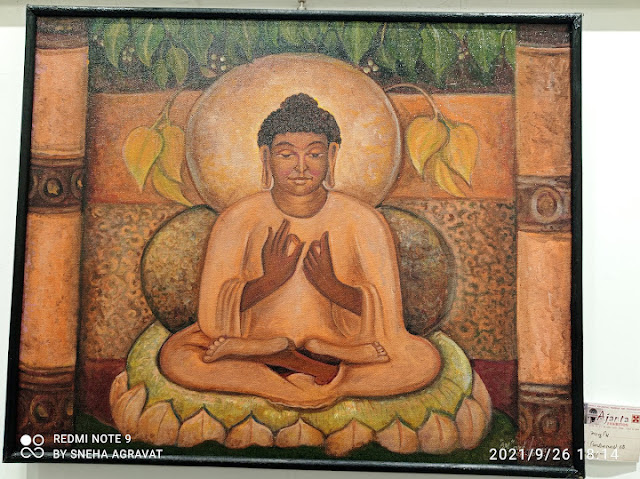Edmund Spenser
(1552-599)
For there is nothing lost, that may be found, if sought.
_The faerie Queen
Life
Edmund Spenser was an English poet born in East Smithfield, London around 1552, however there's still some ambiguity regarding to his birth.his parenthood was obscure but he was probably the son of John Spenser, a journeyman clothmaker. As a young boy he was educated in London at merchant Taylor's school and matriculated as a sizar at Pembroke college, Cambridge.
Works
- The faerie queen
- The Shepheaders calander
- A view of the present state of Ireland
- Amoretti
Among his all works Spenser was known for his work the faerie Queen.
The faerie Queen
The fearie Queen is the great work upon which the poet's fame chiefly rests. The original plan of the poem included twenty four books , each of which was to recount the adventure and triumph of a knight who represented a moral virtue . Spenser's purpose as in a letter to Raleigh which introduces the poem , is as follows,
To pourtraict in arthure, before he was kind , the image of brave knight, perfected in the twelve private vertues, as Aristotle hath devised, which is purpose of these first twelve books, which if I find to be well accepted I may be perhaps encouraged to frame the other part of political vertues in his persons, after that he came to be king.
Each of the virtues appears as a knight, fighting his opposing vice, and the poem tells the story of the conflicts. It is therefore purely allegorical, not only in its personified virtues but also in representation of life as a struggle between
Good
&
Evil
(The Redcrosse knight with una)
The poem derives its form from Italian romance
Argument of the faery Queen
From the introductory letter we learn that the hero visits the queen's court in fairy land, while she's holding twelve days festival.
As to the meaning of the allegorical figures , one is generally in doubt. In the first three books of shadowy feary Queen sometimes represnts the glory of God and sometimes Elizabeth , who was naturally flattered by the parallel. Britomartis is also Elizabeth. The redcross knight is Sidney, the model Englishmen . Arthur , who always appears to rescue the oppressed , is Leicester , which is another courageous flattery. Una is sometimes religion and sometimes the protrstant Church, while Duessa represents Mary Queen of Scots, or general Catholicism.
In the last three books Elizabeth appears again as mercilla, Henry IV of France as bournbon, the war in the Netherlands as the story of Lady beige, Raleigh as timias , the earls of Northumberland and Westmoreland as blandamour and paridell, as so on through the wide range of contemporary characters and events, till the allegory becames as difficult to follow as the second part of Goethe's Faust.
Poetical form.
For the feary Queen Spenser invented a new verse form,
Which has been called since his day
Spenserian stanza
Because of its rare beauty it has been much used by nearly all our poets in their best work . The new stanza was an improved form of aristos's ottava Rima( that is, eight line stanza) and bears a close resemblance to one of Chaucer's most musical verse forms in the "monk's tale".
Spenser's stanza is in nine lines , eight of five feet each and the last of six feet, rhyming ,
ababbcbcc
Characteristics of spenser's poetry
1.A Perfect melody
2. A rare sense of beauty
3.a splendid imagination
4.a lofty moral purity and seriousness
5. A delicate idealism
Conclusion
Thus, it is spenser's idealism , his love of beauty , and his love of beauty , and his exquisite melody which have caused him to be known as ,
" The poet's poet."
Ah! When will this long weary day have end,
And lende me leave to come unto my love?
_epithalamion














